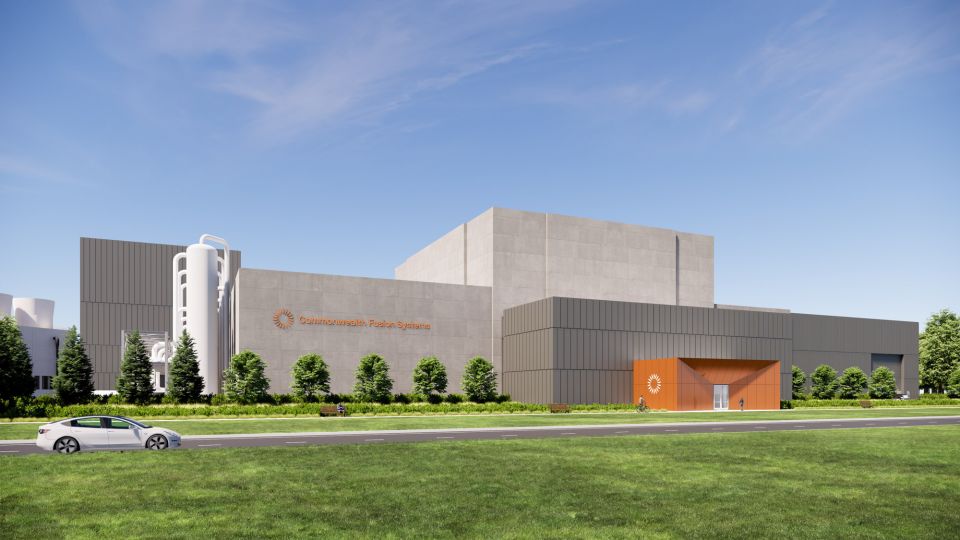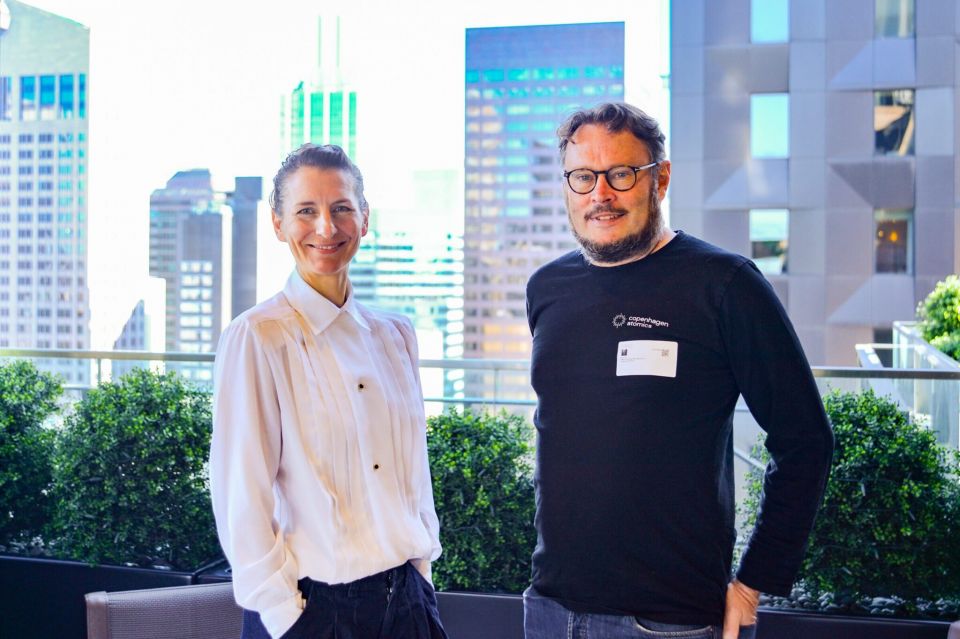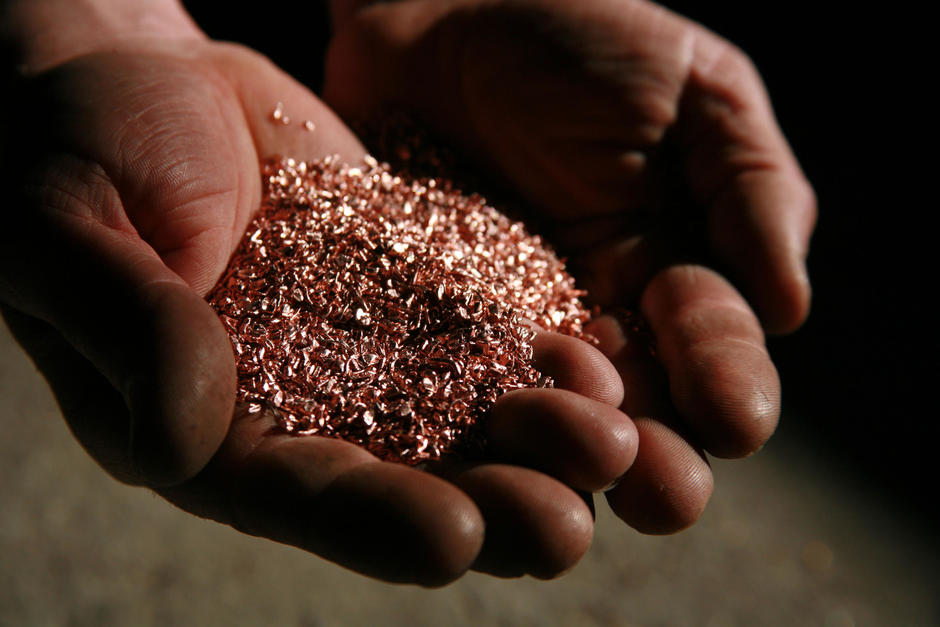Granholm’s response reflected the context of the war in Ukraine and the cutoff of Russian energy supplies: “The ability to create homegrown clean energy solutions is what not just the United States but countries around the world are looking at. That includes, of course, renewables but also includes things like nuclear, it includes geothermal, it includes increasing hydroelectrical power, for example. But all these countries are looking at ways to be energy secure for energy independence.”
Granholm indicated that a positive outcome of the Ukraine war has been “that there is now a real acceleration to clean energy,” observing that even petroleum companies are showing interest in energy diversification. “They too are investing in clean energy solutions, in addition to their regular, traditional business models.”
Balancing: In response to Matthews’s question about how the Biden administration is balancing energy security and affordability with long-term decarbonization goals, Granholm answered, “This is why we've called for an increase in supply [in fossil fuels]. . . . We need to make sure that people can turn on their lights today and can power their transportation today. But at the same time, we’re accelerating these [renewable] technologies . . . . And as we grow out the clean, we know that there will be less reliance on fossil fuels.”
Inflation Reduction Act: When asked about “early results” from implementation of the IRA, Granholm answered, “It’s encouraging that policy has an impact.” Before the act, she said, “the vast majority of batteries for electric vehicles were made in Asia, largely in China . . . . Since we’ve put these incentives in place, as of the end of April, there have been 160 battery companies and battery supply chain companies announcing that they are coming to the United States.”
IRA incentives have also boosted investment and manufacturing for solar and wind power as well as and electric vehicles. Granholm said, “It’s not just wind and solar, it’s not just batteries for electric vehicles,” noting that “it’s also helping to create . . . hydrogen hubs all across the country [and] hubs related to direct air capture. . . . There’s so much technology that has been incentivized.”
Loan Program Office: She next discussed the efforts of the Department of Energy’s Loan Program Office to spur “a whole suite of technologies.” “We anticipate through a number of analyses that the clean energy sector overall is going to be about a $23 trillion sector globally, and the question is which countries are going to be leading that, and we know that our economic competitors, particularly China, have had strategic plans to be able to corner the market on these technologies.”
Granholm stated that the Biden administration is taking the lead in energy innovation, asserting, “We’re going to build it soup to nuts here.” She continued, “And that’s why the Loan Program Office is one component of making sure that we’ve got the support necessary for these industries to be successful and competitive in the United States.”
Permitting: Matthews brought up the issue of permitting for new energy projects, saying, “We’re already hearing the difficulty of getting some local, state, or federal permits is holding back green energy investment in parts of the country . . . . What’s the status of reform efforts in Washington?”
Granholm acknowledged, “It is ridiculous how long it takes to get something permitted in this country. . . . Everybody wants to see us all move faster.”
She blamed policies in some states for slowing the permitting process for certain energy technologies and projects.
“Clean energy”? The comments section was open during the live stream for viewers to pose questions during the interview. A viewer asked Granholm, “Isn’t the term ‘clean energy’ a misnomer, given that the full environmental impact including disposal is never considered?” He also criticized what he sees as the collapse of several environmental pollutants into just one: carbon dioxide.
Granholm’s responded that “methane is certainly another greenhouse gas that we’re very focused on. But we want to make sure that we have the technologies necessary to have a circular response to climate change as well. . . . The issue of waste is a really important one. . . . We’re going to try every which way we can to reduce carbon emissions at every step and continue to innovate and continue to decarbonize.”
Finally nuclear: Matthews, in his final question of the interview, asked, “What are the barriers for the [DOE] to forcefully advocate for clean, firm nuclear power? I think there’s only been one plant—the Vogtle plant—that’s been built in quite some time. So, how do you incentive that?”
Granholm gave a lengthy, multifaceted answer. “Well, number one, that too is incentivized in the president’s agenda, right? The buildout of new nuclear, as well as maintaining the existing fleet, so that we’re not taking this clean source of energy off-line. When I say ‘clean,’ nuclear is now, still, the largest single source of zero-carbon-emitting technology. We want to make sure we keep that on.
“We’re also investing in next-generation nuclear, next-generation fission, small modular reactors, et cetera. . . . And there’s a lot more public acceptance of nuclear as well.
“You ask about the barriers. The barrier, of course, is what to do about the waste. Some people think the barrier is safety. We have a blue-ribbon regulatory regime in the United States. The safety is not an issue. I mean, it may be an issue in some people’s minds if they watch the Chernobyl miniseries. But, honesty, in the United States, it is not an issue.
“The question is really what to do about the waste and making sure that the waste is safely secured. However, there is a push for recycling some of that waste. And, so, that is another stream of research that we’re doing at the [DOE].
“I will say this. We had a huge breakthrough on a form of nuclear in December. Not fission, but fusion . . . . That is the Holy Grail, because it doesn’t create any waste. And that is about a decade away.
“So, we have a way to go to get there, but the fact that we were able to do it, which is something scientists have been trying to do for 60 years, the fact that we were able to do it at the National Ignition Facility at Lawrence Livermore National Lab, tells you that it can be done. And now all these private fusion companies are rushing to be able to get to that first commercial fusion plant. And that’s very exciting.”









